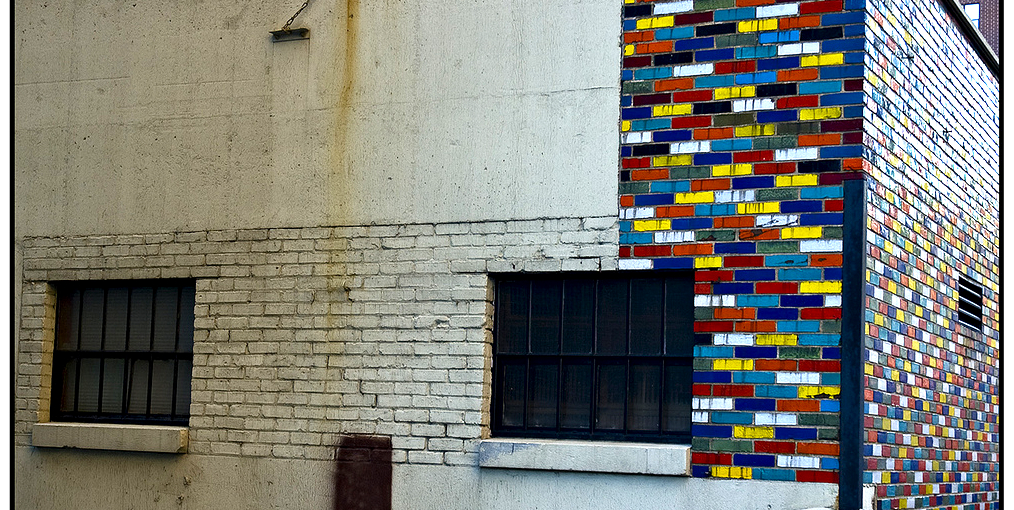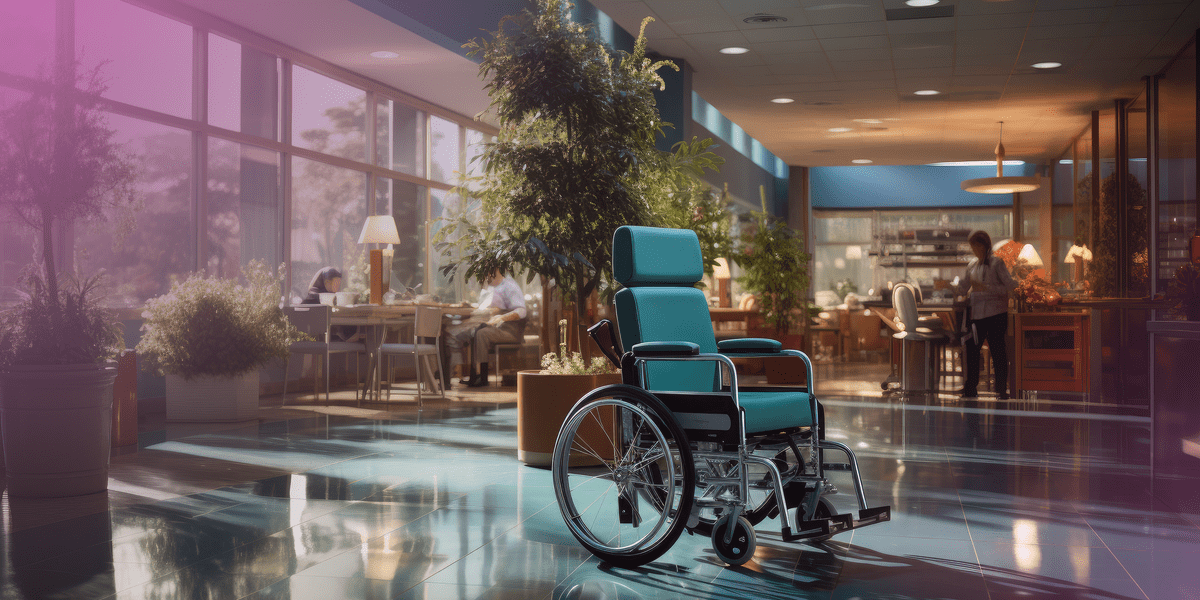
Following trends is a sure fire way to guarantee your design will age quickly. Design trends come and go, but good design will maintain relevance for a longer period of time. The taste of the consumer will evolve, so from time to time brand identities and logotypes need finessing to ensure they are communicating to the audiences tastes.
As the name suggests trends are transient and fickle, often becoming irrelevant in a year or so. This isn’t the best if you have just spent a large sum of money on a trendy website overhaul, only to have to re design it a couple of years later to keep up with ‘the times’.
There are certain rules that govern the production of any piece of good design. Focal points, visual hierarchy, contrast of scale and colour, colour theory, typography, grid/layouts, and so on. These are timeless guidelines that have been laid down over decades in order to communicate effectively according to societal norms.
The next time you require a piece of design be produced, ask yourself the following:
-
Why do you want a certain style/type of design?
If the answer is “because everyone else is doing it” or “it’s popular”, you’re doing it wrong.
Define what the needs of your communication are and ascertain the most relevant design style according to your target market and desired outcomes, not what is trendy.
-
Why do you want a certain layout?
Familiarity is comforting for end users, but that doesn’t mean there are no other solutions.
By implementing standard design and communications guidelines, particularly visual hierarchy and focal points, design layouts can vary dramatically so long as messages are being portrayed in and effective and orderly way. ‘Banner-at-the-top’ websites are a prime example of this; so long as communication, navigation and structure are clear and concise, there may be more appropriate layouts for your target audience.
-
Why do I want my design to look like a competitor’s?
Emulating a competitor’s look and feel not only minimises the impact of your own product, but also dilutes any potential points of differentiation that your company may have. There may be societal norms in place that prevent you from straying too far from previously established design archetypes, but defining what it is that makes you stand out in the marketplace can be a good source of inspiration for a unique design.
-
Why do I want a certain colour to be used?
Just because you like pastel pink does not mean the majority of your target audience can relate to that particular colour in association with your product or service. Try to avoid personal opinion when engaging a designer, and let research and target market analysis define what is appropriate for communicating to the end user.
Finally, don’t be scared to do something different. If there are concise, appropriate reasons and rationales behind heading in a different direction to the rest, you may end up setting new standards and points of difference that will be more memorable to your target market.

